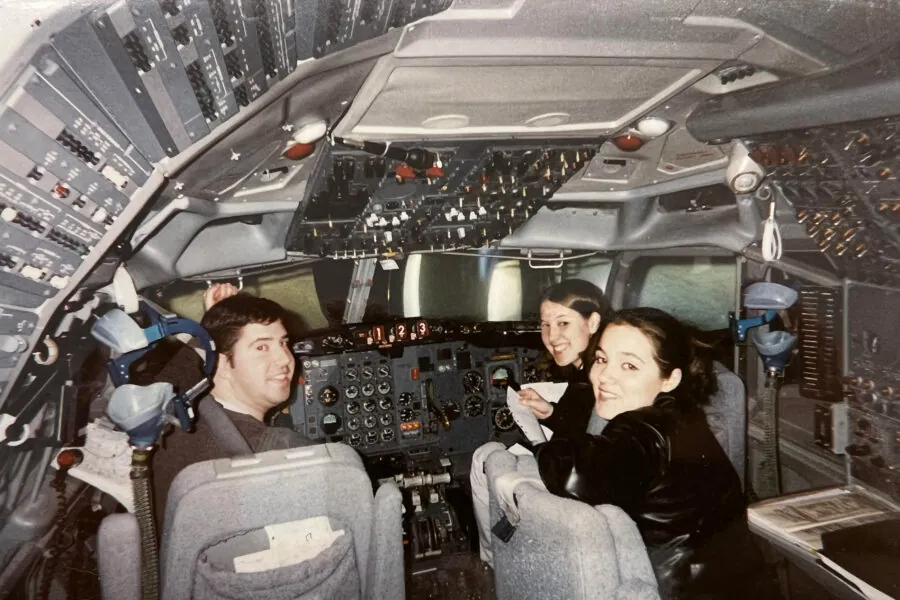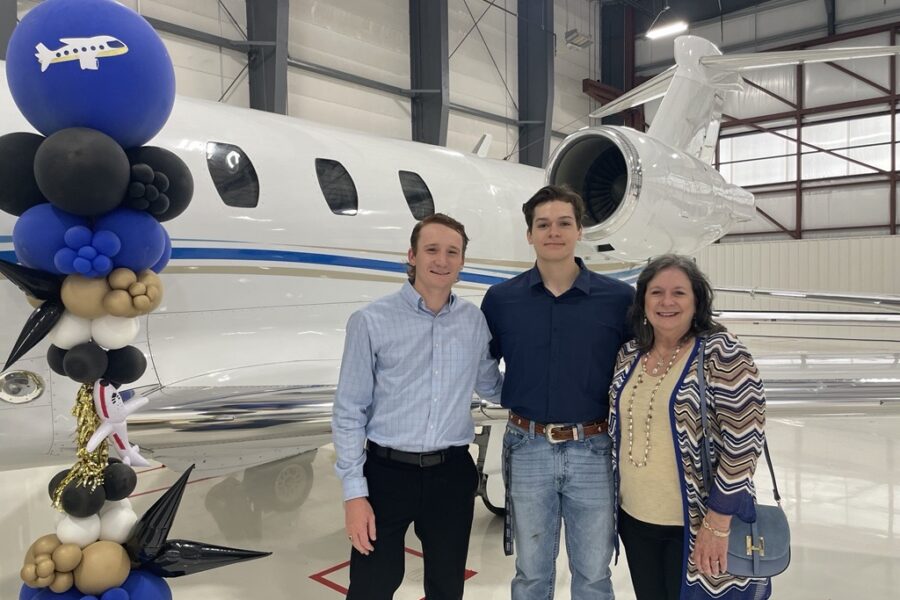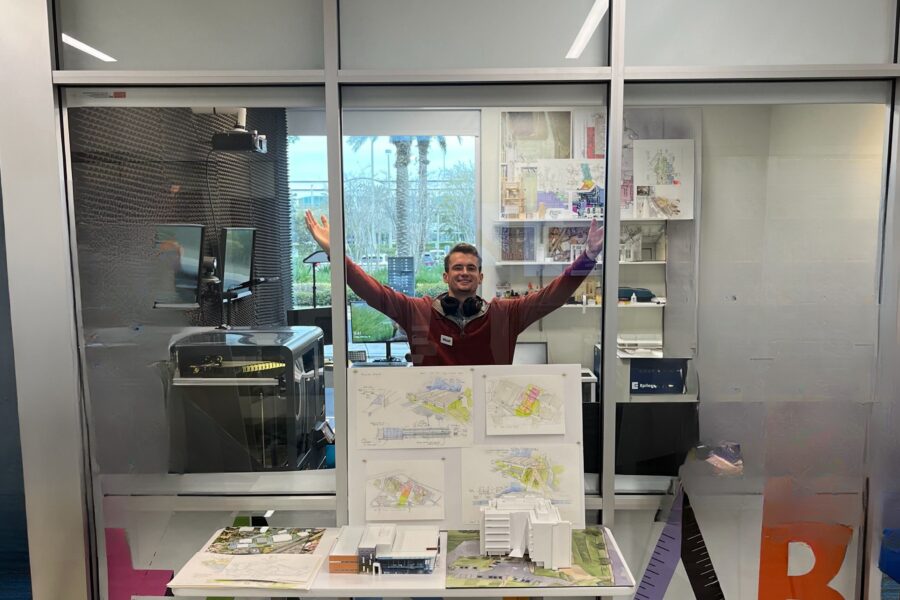Captivated by Constant Growth: An Aviation Journey with Jason Wright, PE
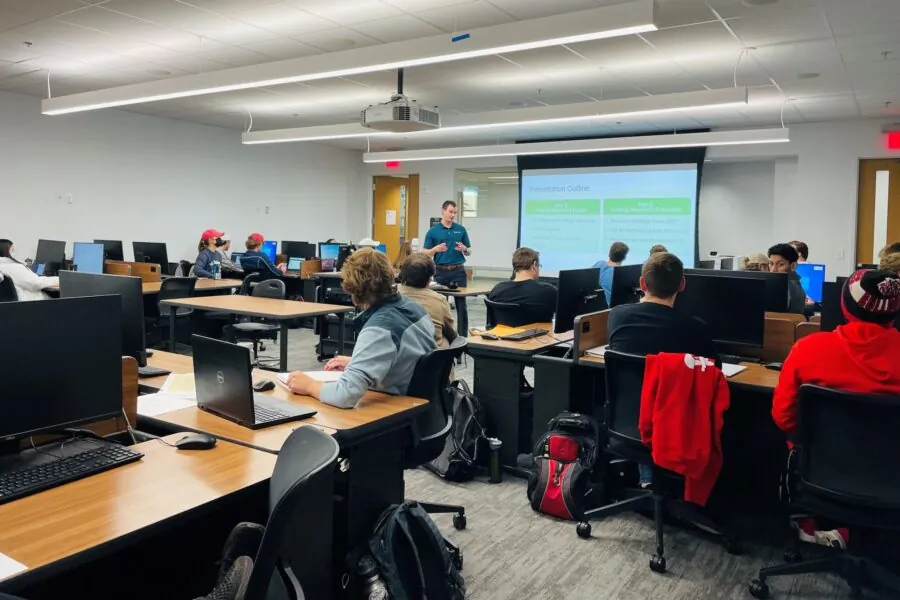
Aviation History Month is a time to celebrate the pioneers and innovations that have propelled humanity to the skies and beyond. It’s a moment to reflect on the monumental achievements that have shaped modern travel and engineering. At RS&H, this history isn’t just a subject of admiration; it’s the foundation of the work we do every day. Our associates see their roles not merely as jobs, but as opportunities to contribute to the ongoing story of aviation.
One of these passionate individuals is Jason Wright, PE, an Aviation Engineering Associate in our Atlanta, GA office. Jason’s career is a testament to how a spark of interest can ignite into a lifelong dedication to advancing the field. We sat down with him to discuss his journey, the lessons he’s learned, and his vision for the future of aviation.
What first sparked your interest in aviation, and how did it evolve into a passion and then a career?
For many people, a passion for aviation begins with a childhood dream of flying. For me, that passion didn’t take shape until a few years into my career. My path into this field wasn’t something I had mapped out early on. Just a few months before graduating college, I accepted an offer from a firm with an open position for a junior airfield engineer. I didn’t fully know what airfield engineering involved, but the work sounded intriguing.
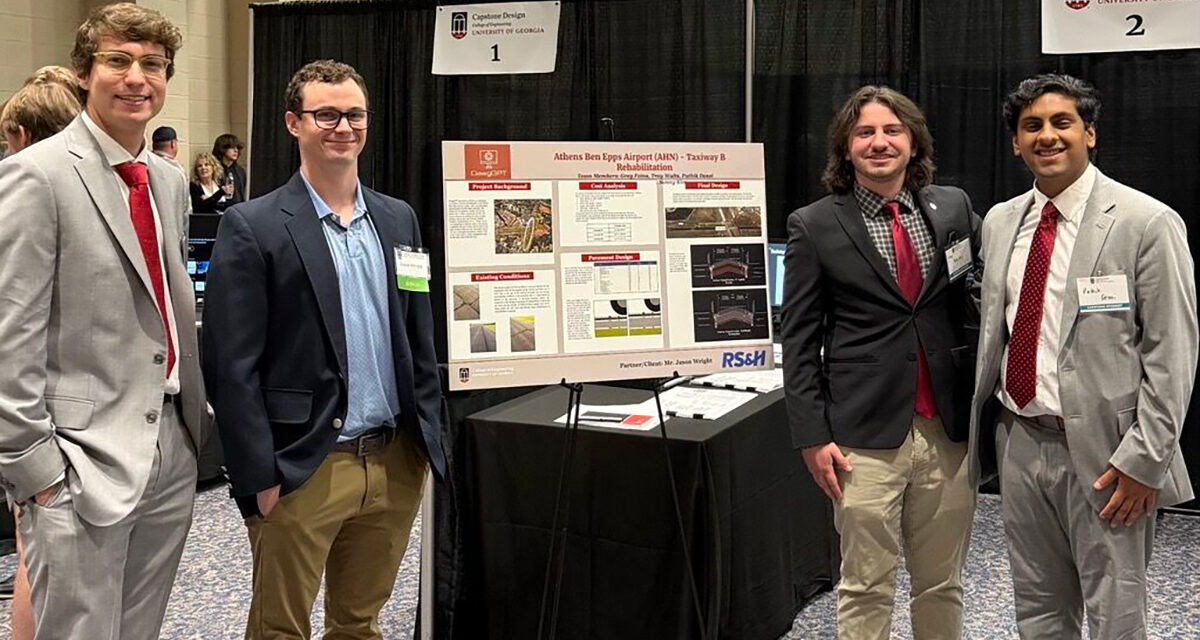

That initial project was a gateway. It showed me the sheer scale and complexity of aviation infrastructure. I quickly learned that an airport is a dynamic ecosystem, and every piece of pavement, taxiway, and runway plays a critical role in its success. My initial interest quickly evolved into a deep-seated passion as I became more involved in solving the intricate challenges posed by airfields. It’s a field where you are constantly learning and adapting, and that’s what makes it so rewarding.
Have you had the opportunity to work with or learn from someone who made a lasting impact on your understanding of aviation?
Absolutely. Early in my career, I was fortunate to have a supervisor who took the time to mentor me. She didn’t just assign tasks; she shared the “why” behind them. She helped me see the complete picture of an aviation project—from the intricacies of Capital Improvement Programs to the complexities of funding and regulations.
This mentorship was transformative. It elevated my understanding from simply executing engineering designs to thinking like a strategic partner for our clients. She taught me that our role is to deliver more than just a set of plans; it’s to provide comprehensive solutions that consider every facet of an airport’s operation and future growth. That holistic perspective has been invaluable and is something I strive to pass on to others. It’s a reminder that collaboration and shared knowledge are fundamental to our collective success.
Are there any lessons from aviation’s past that you find particularly relevant to the work you do today?
Aviation history is defined by constant growth and evolution. One of the most important lessons we can draw from the past is the value of learning from every single project. Every challenge conquered and every mistake made provides a blueprint for improvement. We stand on the shoulders of those who came before us, and it’s our responsibility to build upon their successes and learn from their setbacks.
This principle is something I apply directly to my work. For example, on a recent taxiway rehabilitation project in Athens, Georgia, where I served as the engineer of record and construction project manager, we encountered unique site challenges. These experiences highlighted the importance of clear communication in our construction documents. Every project becomes a “lesson learned” that informs the next, pushing us to refine our processes and innovate our approach. We honor aviation’s legacy by continuously pursuing excellence and clarity in everything we do.
What advancements or trends do you believe will shape the next chapter of aviation?
The aviation industry is on the cusp of another revolutionary era. We’re seeing incredible advancements in Advanced Air Mobility, with the development of ride-sharing aircraft that could fundamentally change urban transportation. The integration of these new technologies into our existing airspace and infrastructure presents both exciting opportunities and significant challenges for engineers and planners.
At RS&H, we are actively engaged in preparing for this future. Beyond my project work, I volunteer with my alma mater, the University of Georgia’s College of Engineering. I guest lecture on airfield pavement design and connect with students through their senior design capstone projects. In this program, students produce a complete set of construction documents for a real-world project, giving them invaluable hands-on experience.
Engaging with the next generation of engineers is crucial. They are the ones who will inherit these emerging technologies and shape the next chapter of aviation. By sharing our knowledge and passion, we are helping to prepare them for the challenges ahead and inspiring them to push the boundaries of what’s possible. The future of aviation will be defined by our ability to innovate and our commitment to fostering new talent.

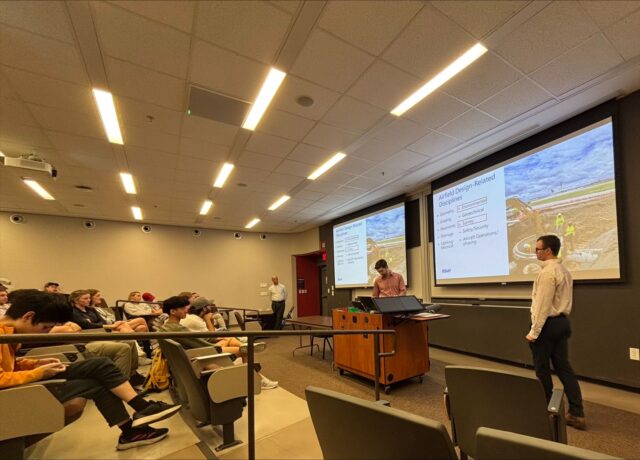
Continuing the Legacy of Innovation
Jason Wright’s journey reflects the spirit that drives RS&H forward—a deep respect for the history of our field combined with an unwavering commitment to shaping its future. His passion for not only his work but also for mentoring the next generation ensures that the legacy of aviation innovation will continue for decades to come.
As we look to the horizon, we are inspired by associates like Jason who are dedicated to creating a more connected future. By translating experience into insight and challenges into opportunities, we are collectively creating tomorrow, together.

